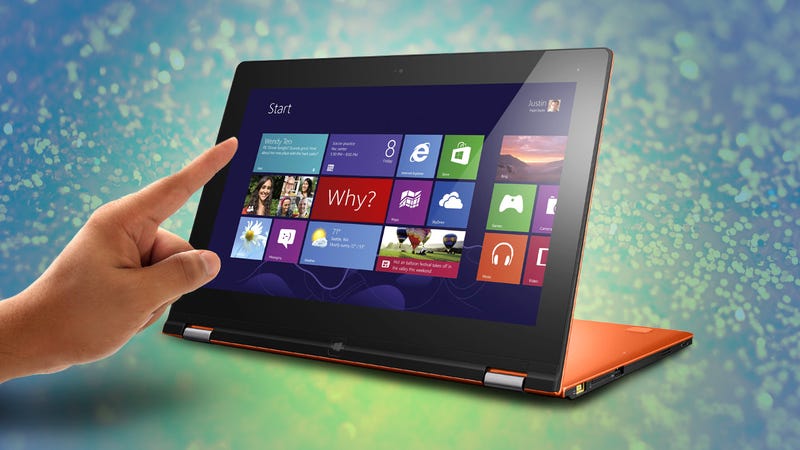When it comes to 3D printing, the sky is the limit. As 3D printing technology continues to advance, applications can be as far reaching as airplane and automobile parts to medical devices and even anatomically correct, biocompatible models. Although 3D printing technology is developing at a rapid pace, the technology itself is not new. It emerged in the 1980s as a means of creating rapid prototypes. In recent years the applications for 3D printed models have evolved with the available hardware, software, and printable materials. Evolving technology, paired with the creative and innovative minds of scientists, engineers, and physicians, has been the launching pad for developments within 3D printing technology specific to healthcare. One way 3D printing technology is poised to create better patient outcomes is in creating an anatomically and patient-specific models to aid in surgery and medical procedures. With the capability to 3D ...

Touchscreens, such as those found on phones, are popular for numerous applications ranging from home appliances to medical devices. And soon, even the family dog may be able to turn down the music or shut off the dining rooms lights by brushing a paw along a touchscreen woven into the couch cushion.
Paul Marks reports for New Scientist about a new smart fabric that is made with a soft polymer-based fiber and can be cleaned. The fiber’s electrical properties change as it is touched. Easy cleaning is a critical feature for fabrics used in homes and cars. Other smart fabrics have been developed, but most have not been cleanable.
“In essence, we are trying to reproduce the smartphone experience in textile form,” researcher Maksim of the Polytechnic School in Montreal, Canada, told New Scientist. “We are looking for applications where we can weave in sleek, non-invasive control, avoiding blocks of push buttons.”
The researchers rolled conducting & insulating polymer around copper wires to form a 2-cm-wide cylindrical capacitor. To form fibers, they heated the capacitor and stretched it to a thickness of less than a millimeter. The fibers can then be woven into upholstery fabric and will respond to finger touches or swipes.
Marks writes:
To prove it, they wove their fibres into a 10 cm by 15 cm piece of material. Finger touches or swipes modified the capacitance of the fabric (a measure of its ability to store charge) when an alternating current was passed through the fibres. That allowed the team to write software that could pinpoint exactly where the pad had been touched. This means that finger movements such as swipes and touches can be logged and used to control the air-conditioning, say, or the volume on the radio.
Touchscreen fabric may also be useful in cars for operating the air conditioning or adjusting the music by stroking a seat. BMW has plans to install touchscreen fabric in future models, Marks reports.
Comments
Post a Comment